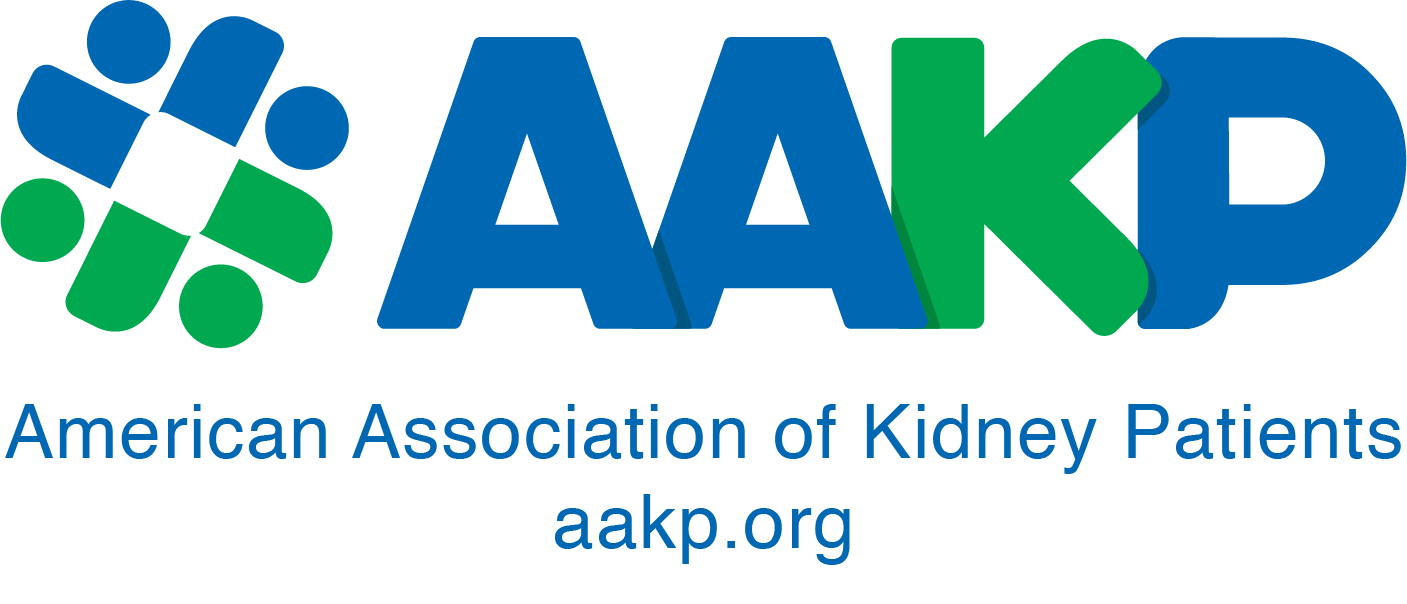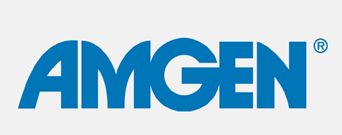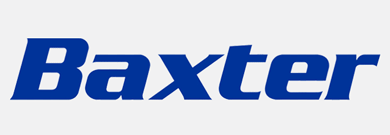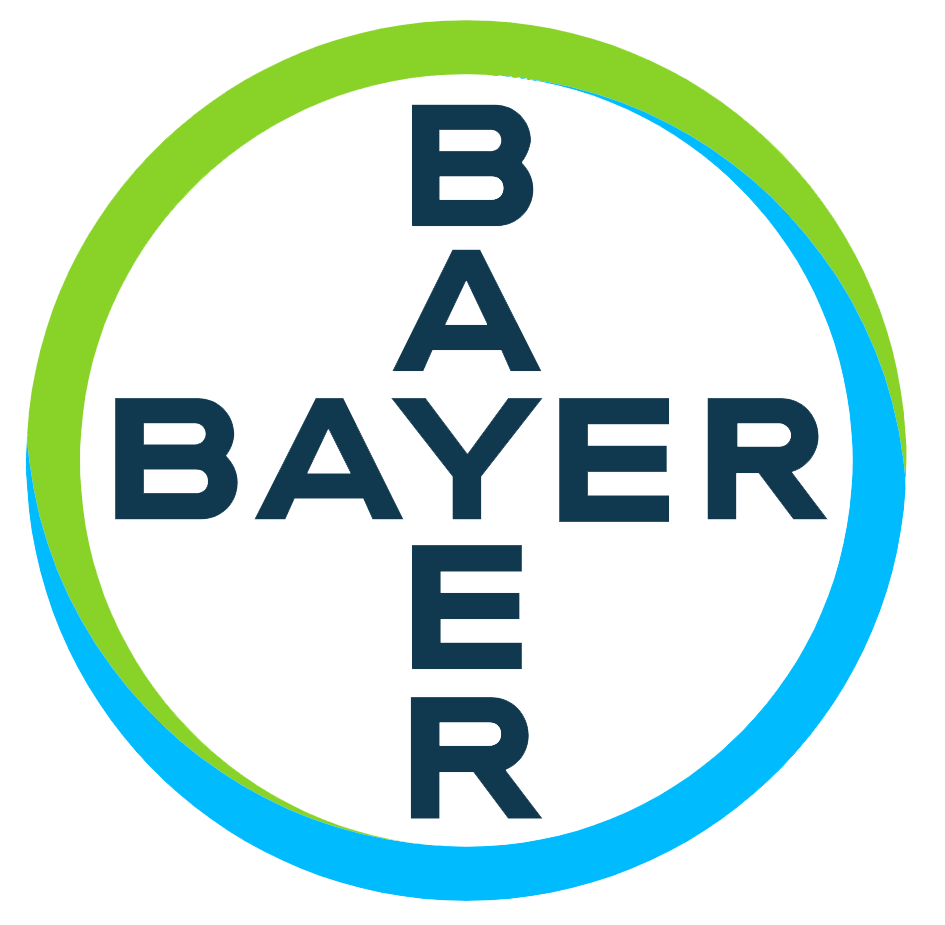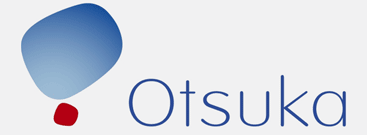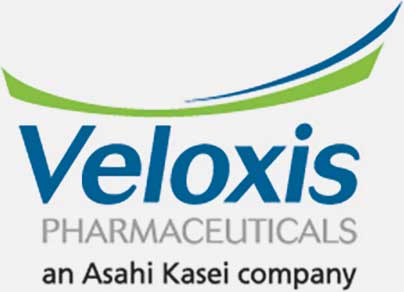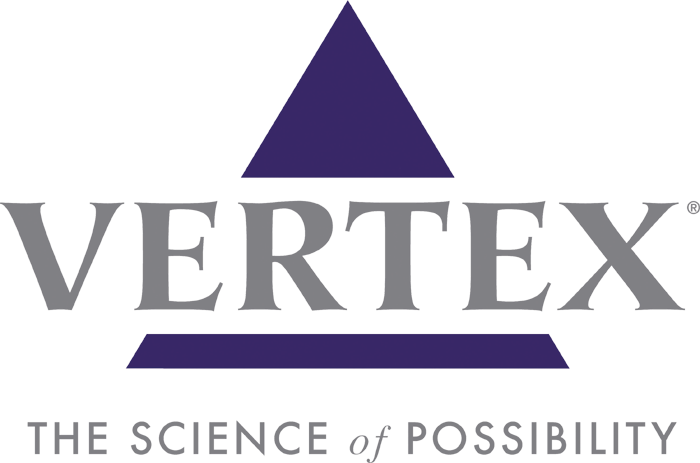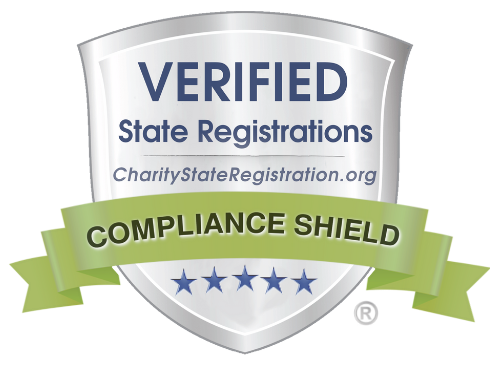By Annamarie Rodriguez, MS, RDN, LD, DipACLM, FAND
Phosphorus is a mineral that is widespread in foods because it naturally occurs in all living matter. This mineral may cause a lot of concern on our lab reports but is essential for life! It is found in our DNA (our genetic material), it is necessary for all energy processes at the cellular level, is necessary for growth, maintenance, and repair of tissues, and combines with calcium to build strong bones and teeth. In fact, about 85% of the phosphorus found in the body is in the bones and teeth! Let’s just say we cannot live without phosphorus! Despite the necessity of phosphorus, having too much phosphorus is more concerning than having too little. This is especially true for people who have kidney disease.
Hyperphosphatemia, or high phosphorus, is the condition when serum phosphorus becomes elevated. A normal serum 2.5 - 4.5 phosphorus is 2.5 to 4.5 mg/dL, mEq/L thus serum phosphorus levels above 4.5 mg/dL is hyperphosphatemia and this is identified by a blood test. Removal of excess phosphorus from the body requires healthy kidneys, thus phosphorus can increase to high levels if the kidneys are not working properly. There are many regulators that help the kidneys excrete excess phosphorus, including the bones and intestines. The kidneys, bones, and intestines rely on help from hormones such as FGF23, calcitriol, and parathyroid hormone (PTH) to signal actions to regulate phosphorus control. This is a delicate balance and the balance is affected by elevated phosphorus in the blood. Hyperphosphatemia is “silent” and may not be identified without blood tests. Symptoms of high phosphorus may not be ‘felt’ and are often associated with low calcium: tingling or numbing, muscle cramps, dry skin, or abnormal heart rhythm.
Tip: Keep routine blood work appointments and keep track of phosphorus levels.
High phosphorus can affect calcium levels in the bones and blood which may be seen with low calcium (hypocalcemia) and result in risks of bone and mineral disease. The risks of bone and mineral disease can be life-threatening and are silent, often leading to weakened or brittle bones or calcification of soft tissue and blood vessels. This places your heart at risk! You might wonder: how can I reduce this risk?
The risk of high phosphorus is reduced by diet and medication management, and if kidney damage is severe, dialysis. Even though it is a delicate balance, the management is helped by the healthcare team who helps identify actions to take and determines which medications might be beneficial that will work best for you individually.
Tip: Talk to your healthcare team and make a phosphorus management plan that works for you and your individual goals.
Breaking down the phosphorus management: Diet and Medication
It’s important to learn how to identify foods that are high in phosphorus, and like potassium, not all foods are created equal, nor is the absorption of phosphorus in foods similar. The Nutrition Facts Food Label is a helpful tool for consumers. It identifies certain nutrients in food items and how much it has in a serving. Phosphorus is not listed on the food label though, which makes it difficult to identify if a food or beverage is acceptable: meaning is it high or low in phosphorus. One way to identify if phosphorus is in a food item is to review the ingredients. This will not tell you how much naturally occurring phosphorus is in the food or beverage, but it will tell you if there are
“hidden” sources of phosphorus. These hidden sources of phosphorus are not natural, they are additives or preservatives and are referred to as “inorganic”. There are many reasons additives or preservatives might be used: to extend shelf life, enhance flavors, as a stabilizer, and more. Most important to be aware of, is that these inorganic phosphates are absorbed in the body by almost 100%, which causes serum phosphorus to rise quickly. Be a sleuth and look for the hidden phosphorus by looking for words that contain “PHOS”.
Tip: Reduce phosphorus intake by using your skill and good eye to find the PHOS in the ingredient list. The phosphate additives (inorganic) in the ingredients are not the naturally occurring phosphorus (organic) in the food.
Examples of phosphorus additives:
Sodium PHOSphate
PHOSphoric acid
Sodium HexametaPHOSphate
Sodium tripolyPHOSphate
Dicalcium PHOSphate
Trisodium PHOSphate
Tetrasodium pyroPHOSphate
Naturally occurring phosphorus (organic) is much safer though some food has higher amounts of phosphorus than others. The absorption of phosphorus from foods and beverages by the body varies and this is referred to as “bioavailability”. In plants, such as vegetables, legumes, and whole grains, the phosphorus is present in the form of phytate or phytic acid. Humans are unable to break down phytate or phytic acid in the gut because humans do not have an enzyme called “phytase”. This does not mean humans will not absorb the phosphorus though! High heat, soaking, fermentation, and sprouting are some forms of processing that will hydrolyze phytic acid and make it more available for absorption in the gut. The absorption is around 50% and can be lower or higher depending on how food is prepared or processed. The phosphorus found in animal products such as meat, fish, poultry, eggs, and dairy are also natural or organic and the absorption will vary as well; usually 50% and higher, especially the phosphorus from milk which can be as high as 80%!
Since phosphorus is widespread among almost all foods, and food is necessary for life… what do we do? Remember all foods can fit but may need to be balanced. Following a low protein diet (LPD) is best for patients with chronic kidney disease (CKD) stage 3-5, not on dialysis and a LPD is typically lower in phosphorus as phosphorus tends to be higher in animal products which are protein sources. People who are on dialysis are encouraged to eat a diet with a higher amount of protein; thus, the phosphorus intake is typically higher. One way to balance phosphorus intake and absorption is to choose 50% of the protein sources from plant sources since the ‘bioavailability’ of phosphorus would be less and a benefit is that these choices offer fiber. Another benefit for those using a LPD with 50% from plant proteins is this is more alkaline and kidney protective. Of note: it is important to know which sources are both high in phosphorus and potassium!
Your Renal Dietitian can offer guidance to share which foods are healthier based on your food preferences. All food fits in balance and moderation, however there may be some foods that will have limitations, and the use of medications can assist in the balancing act.
Tip: Reduce phosphorus intake by limiting high phosphorus foods and choosing lower phosphorus-containing food substitutes. An example would be substituting sherbet for ice cream, or almond milk for milk.
High Phosphorus Foods (Examples):
- Cooked lentils (1 cup) 356 mg
- Milk (1 cup) 252 mg
- Beef roast (3 oz) 190 mg
- Kielbasa (3 oz) 173 mg
- Plain low-fat yogurt (1/2 cup) 163 mg
- Thin crust cheese pizza (1 slice) 148 mg
- Peanuts (1/4 cup) 137 mg
- Cheddar cheese (1 oz) 136 mg
Low Phosphorus Foods (Examples):
- Egg white (1) 5 mg
- Blueberries (1/2 cup) 9 mg
- Golden delicious apple (medium) 17 mg
- Vanilla almond milk (1 cup) 19 mg
- Orange sherbet (1/2 cup) 30 mg
- Cream cheese (1 oz) 30 mg
- Tofu (3 oz soft) 52 mg
- Pasta (1 cup rotini or penne) 62 mg
Medications:
Nutrition intervention is often not adequate in controlling serum phosphorus within the normal range. Medications are often used in combination with diet, and these are referred to as phosphate binders because the medication “binds” to the phosphorus while in the gut, not allowing the phosphorus to be absorbed into the bloodstream and it is then eliminated in the stool. The key to successful phosphorus lowering with the use of phosphate binder is the timing of the medication: they must be taken at the same as eating food, or at mealtimes.
Tip: Take the phosphate binder medications at the same time as meals or snacks to get the most ‘phosphorus binding’ action.
Recently a new and safe FDA-approved medication has become available which lowers phosphorus by “blocking’ rather than ‘binding’ phosphorus. This novel medication does not need to be taken at each meal, and the result is fewer pills are needed each day overall, reducing pill burden. A lower daily pill burden can be a benefit to many patients who may be on multiple medications to address multiple needs. The healthcare team can help identify the best medication options in managing phosphorus.
Tip: Be your best advocate and talk with your healthcare team about options that work for you. Explore the resources below to navigate how to make favorite foods fit and to locate a registered dietitian nutritionist to provide you with guidance on your kidney food journey.
Use helpful resources to make the most of your phosphorus management!
Have you wondered how to prepare kidney-friendly meals that are low-phosphorus? Check out the AAKP Delicious! recipe series: https://bit.ly/AAKPrecipes. All the recipes are specially created for AAKP and include delicious, easy to prepare meals. Each recipe card includes helpful health information, a full nutrient analysis, diabetic exchange, and indication on what diet type of patient the recipe is best suited for, such as CKD Non-Dialysis, Dialysis, Dialysis/Diabetes, or Transplant!
Have you wondered how you might find a qualified registered dietitian nutritionist who is right for you? Visit www.eatright.org/find-an-expert to search the Academy of Nutrition and Dietetics’ national online database to get started!

Annamarie has worked as a nephrology dietitian for over 25 years in a variety of settings from clinical to pharmaceutical including sales, education, and renal medical affairs. She is currently an Independent Consultant, the owner of Nutrition Directions LLC, and employed by Pentec Health as a Renal Clinical Retention Specialist. She has served and chaired multiple boards, including the South and Central Texas National Kidney Foundation Medical Advisory Board, both the San Antonio and WI Council of Renal Nutrition, the Academy of Nutrition and Dietetics’ Renal Practice Group, and several groups within the Academy and other organizations. Annamarie is no stranger to AAKP! She is the 2025 Medal of Excellence Winner in the Dietitian category and she was an original reviewer of AAKP’s popular Delicious! program, which features over 100 kidney-friendly recipes.
Additional resources:
AAKP offers additional resources to help you manage your phosphorus in addition to many other learning opportunities:
• Learn about National Phosphorus Awareness Day which takes place each year on 4.5 and access educational resources you can use all year long: www.TheHiddenPinKidneyDisease.org
• AAKP’s educational brochures and resources: https://bit.ly/AAKPbrochures
• AAKP’s phosphorus health education webpage:
https://bit.ly/AAKPHighPhosphorus
